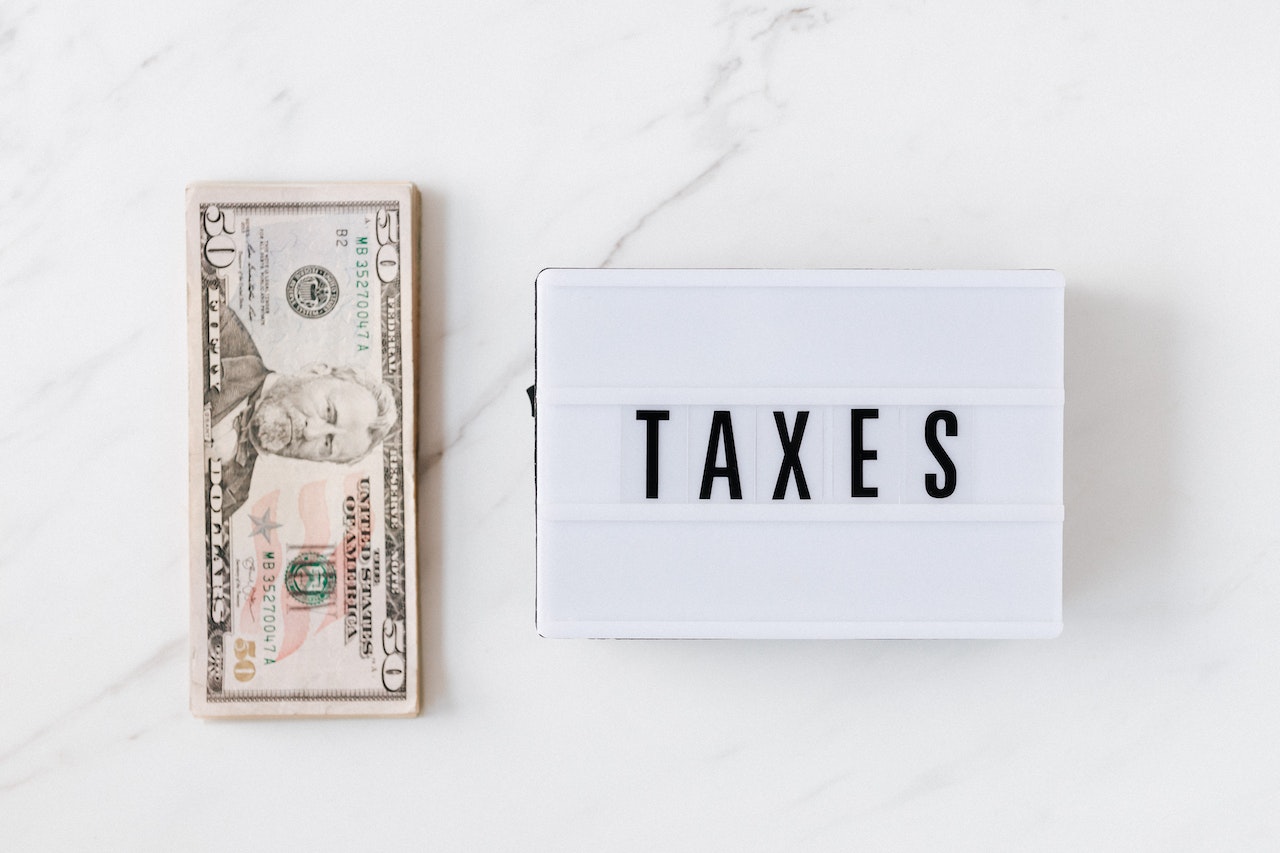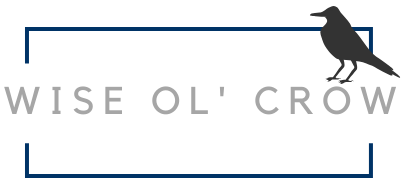Making Sense of the Current Student Loan Forgiveness Initiative From the Biden Administration

In an unprecedented move, the Biden Administration announced a student loan forgiveness initiative in the waning days of August 2022. Using his full authority, President Biden signed an executive action to provide between $10,000 and $20,000 of relief.
While the move is one many predicted as of late, it is still creating many questions. Borrowers want to know how or if they qualify. Thankfully, answers to your frequently asked questions are pouring in by the hour.
Forgiveness Value and Pell Grants

Most federal student loan borrowers are eligible for the $10,000 reduction. Over 20 million Pell Grant borrowers are eligible for $20,000 relief.
Research suggests that of the 43 million borrowers, nearly 60% received a Pell Grant during their undergraduate studies. If you are unsure if you received a Pell Grant, you can review your financial aid package at www.studentaid.gov or contact the financial aid office of the college you attended.
Qualifying Loans

According to recent reports, most borrowers will qualify for the forgiveness package because their debt is part of the William D. Ford Federal Direct Loan Program, which includes Direct subsidized and unsubsidized loans and Direct Stafford Loans. Grad and Parent Plus Direct program loans are also eligible.
If you have a commercially held Federal Family Education Loan, things might be a bit complicated. However, the Education Department is saying solutions are in the works for the roughly 5 million borrowers.
The relief is also not available to all borrowers. Individuals making more than $125,000 annually or married couples making more than $250,000 annually do not qualify.
Cancellation Cutoff Date and Application Process

The forgiveness plan excludes all loans taken out after June 30, 2022. Also, the forgiveness process is not automatic for all borrowers; some must apply. The Education Department announced plans to have an application available in October.
The application will allow borrowers to input income data and request forgiveness. Unfortunately, the available information about the application process is still limited.
Around 8 million borrowers are currently enrolled in income-driven repayment programs. These borrowers already have their financial data on file with the Education Department and might qualify for automatic forgiveness.
Potential Tax Fallout

Some people started claiming that the proposed loan forgiveness would trigger a hefty tax bill for those who accept the $10,000 to $20,000 gift, but that is incorrect. The American Rescue Plan ensures all student loan forgiveness packages are tax-free through 2025. States can tax the forgiveness, but many have already said they won't.
If taxes are required at a state level, the payment is likely comparable to a few loan payments. You can talk to a local tax consultant to learn more.
Legal Challenges

Currently, there are no pending lawsuits that would challenge the executive action. However, GOP attorneys from Texas, Missouri, and Arizona, and Sen. Ted Cruz, R-Texas, have made it clear they are reviewing their options.
Unfortunately, legal action could interfere with the loan forgiveness package. Borrowers have no option but to bask in the uncertainty and hope the GOP doesn't interfere with what many consider progress.
The loan forgiveness package is unprecedented. Many applaud the Biden Administration's initiative, but others are not happy, claiming the plan is not enough or too much. Hopefully, borrowers will still get to benefit from the action.
